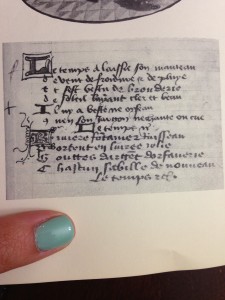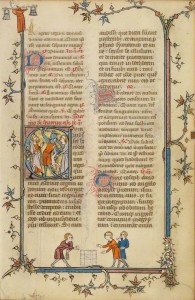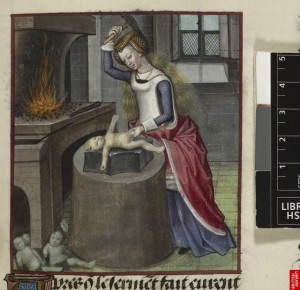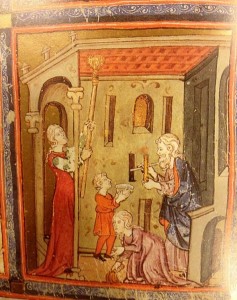I have been working on several research project recently, most of which have to do (directly or indirectly) with my education. Yes, I partially refer to my blog as part of my education because most of the things on here end up morphing into something else. However, this weekend I have had to take some time out to work on the research I am actually being paid to do. For those of you who don’t know, while I am working towards (eventually) getting my doctorate I also teach, and simultaneously work on academic research (paid job that has nothing to do with my direct education).
Side note: I refer to all these places simply as “campus” so when I post pictures on Facebook/Twitter/Google+ referring to something on “campus” and they all look like they are different locations, it is probably because they are.
Anyway, returning to my research position, I am currently working on a project unlike anything I have done before. Usually the gist of my work comprises analyzing trends in education and summing them up to form conclusions that will help curriculum development for incoming college freshmen (generally my scope is within English departments). However, this time I will actually be part of the team implementing the very changes we have been analyzing.
For those of you unfamiliar with the school system in my area (Los Angeles, and for the purposes of my research, Southern California), over 70% of high school graduates cannot read or write at college entry level. While not everyone who graduates from high school wishes to enter college, there are large numbers who do, but cannot. These percentages, which have been gathered from entrance exams and assessment tests from CSU’s and community colleges within Los Angeles, are terrifying.
Since these students who wish to go to college cannot enter UC’s, or most private colleges, some go the CSU’s or community colleges where they can improve their English skills by starting out with basic skills courses that pretty much rehash what they have been taught since middle school in order to get them up to par with other freshmen. Some of these remedial classes can last years.
The program I am working on is in the pilot stages. In short, we are attempting to offer extracurricular assistance to students who want to improve their English skills and advance more quickly so they can take course work geared towards earning a degree.
We have been working on this for months trying to decide how best to approach the situation. We created workshops, and online practice sites, but then realized we were going about it the wrong way. We were attempting to tutor these students in the same way we would tutor highly motivated self-starters. This is not to say these students aren’t motivated, but they require a different instructional model. They are not going to come to us and attend our three hour workshops (although I am running one next monday). They are not going to spend hours online on endless reading comprehension and grammar quizzes. However, they may want to take part in brief online tutorials that they can access on their own time and that aren’t terribly demanding. So we began creating such tutorials.
Again, this is a pilot program so we don’t know how beneficial these will be or if students will actually use them. We will be publicly launching them in mid August and create test groups of students at different community colleges in the area to track how they are interacting with our program. In the meantime we are simply creating the tutorials.
The entire project focuses on different areas and I have colleagues working on basic algebra math segments, others working on study skills, I am working on the English model, and so forth. We decided we didn’t want these to be too extensive; each one should run five to ten minutes and cover only one simple concept. I began working on Reading Comprehension.
At first I thought this could not possibly be that difficult, but I was quickly proven wrong. My main problem is understanding my target audience. While I do teach English, I teach literature courses which are an entirely different matter. I am working with students who already know how to write basic sentences and who are able (even if not always willing) to read the material. For the purposes of this project I am trying to teach students how to read, and more importantly how to understand what they are reading.
Part of the problem (and I absolutely do not mean for this to sound condescending) is that I never had this issue, so I am having difficulty understand how to navigate it. Even when I didn’t understand something I never had an issue putting in as much extra time as was needed to improve. Basically right now I am trying to make reading comprehension as accessible as possible to students who don’t want, or know how to put in the full effort, but are at least motivated enough to try a short online tutorial.
I have spent a few weeks gathering my examples and planning it out, and then I have recorded the tutorial a few times. Each time I felt something was off, so I tweaked it a bit. This Friday we are going to meet as a group to go over what we have accomplished. Since this week I have paper grading, medieval research to do, and a conference in Sacramento, I don’t imagine doing that much more with it before Friday except recording it a few more times since I am not sure I like the way it sounds (unless of course I am struck with another idea, and then I will definitely work on it some more). But as of right now, I don’t know what else there is to say. I would love to go more in depth with a few of the instruction, but considering the time constraints that just does not seem possible.
In conclusion, here are two drafts I made tonight that I think are my best (one is my natural voice, the other is stretched a bit, both are spoken at a pace significantly slower than my natural speed- the one complaint I have from students is that I often speak to quickly). In one of them I am trying to sound very upbeat, hoping this will be a motivating factor. In the other, I am more mellow, trying to sooth students into learning. It will also become apparent that I am obviously trying to entertain while instructing (Horace, Longinus, and Aristotle after all thought this was a good idea), but perhaps I am trying too hard and the little quirky bits are distracting and I am debating taking some out.
For what it’s worth… here are the videos….(I know there are typos, and this will definitely not be the way it will be ultimately displayed, but this gives everyone an idea of what I am doing…)
Any feedback, suggestions, critiques, etc. are more than welcome.




